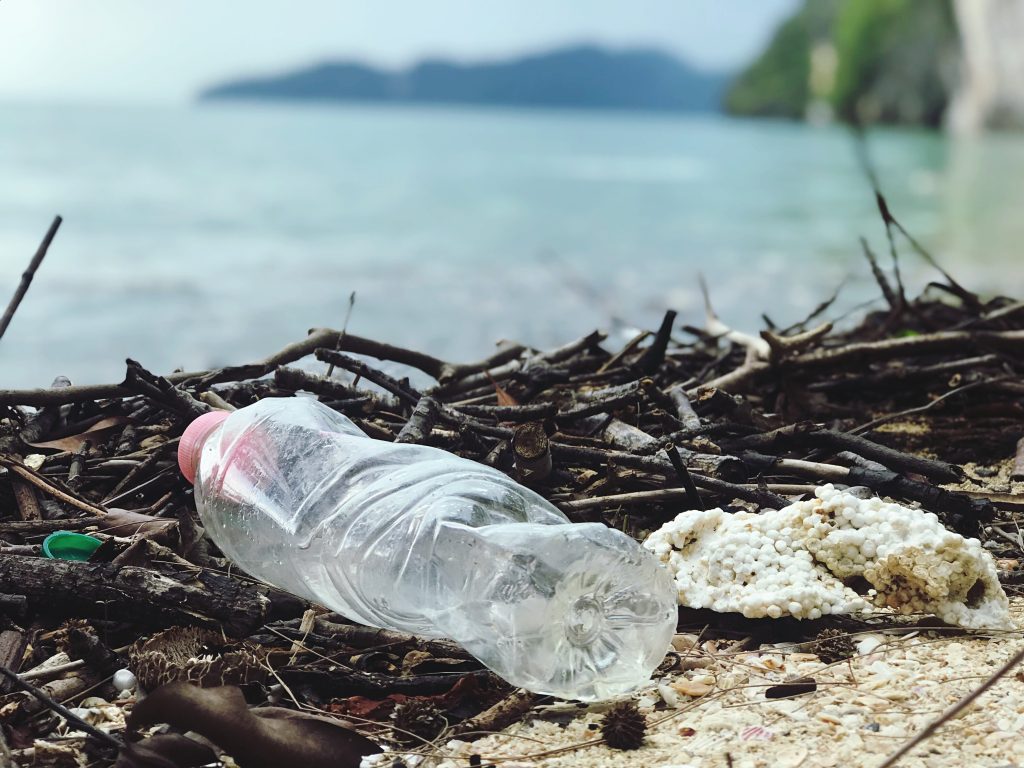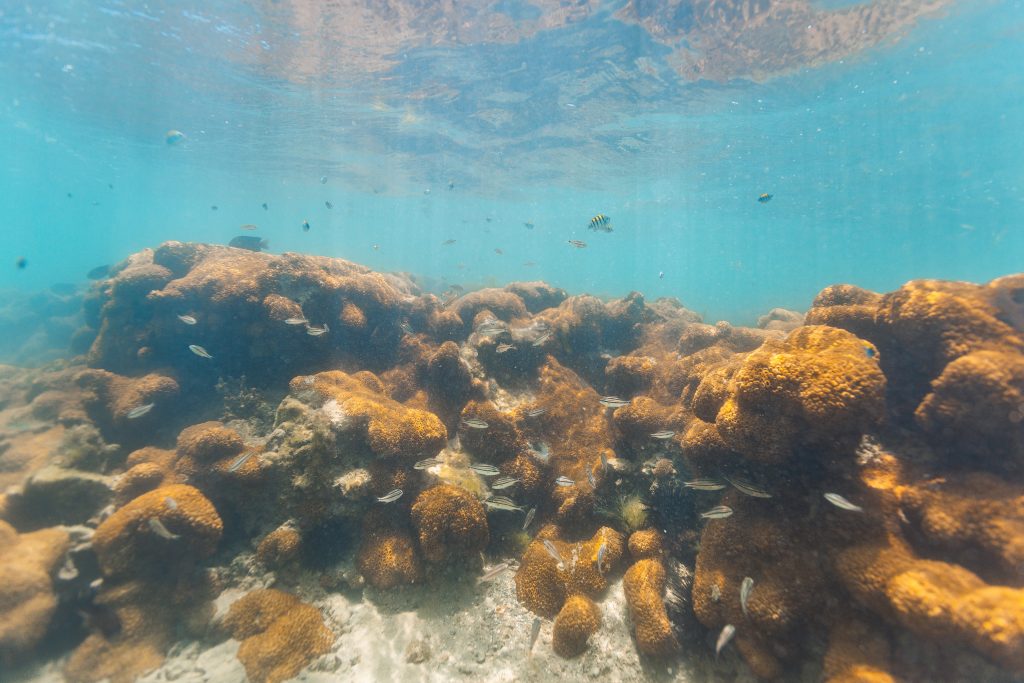Written by: Antonio Arreguin, CAICE 2022 SURP Fellow
Initially, as a community college student at Santa Ana College, my goal was to pursue pharmaceuticals/medical engineering as a career path. As someone from a family of health care workers, i.e., dentists, doctors, pharmacists, and medical/dental assistants, it seemed like a natural career path to follow in the family tradition.
However, that all changed in my first semester at Long Beach State. In one of my very first classes, Chemical Engineering Fundamentals, I met a professor who would forever alter the course of my academic career and life goals.
Dr. Maryam Haddad, assistant professor of Chemical Engineering, has a strong research background in water pollution and water treatment methods. When I took her Chemical Engineering Fundamentals course in Fall 2020, she initially reached out to me because of my stellar performance and interest in the environmental aspects of the course.
She began sending me articles on wastewater pollution, its effects on the environment, and the most up-to-date experiments/approaches implemented to tackle the issue of ocean pollution.

As cliché as it may sound, I can confidently say with no exaggeration that when I began delving deep into Dr. Haddad’s papers, I instantly knew that environmental remediation was my calling. That I have a responsibility to help clean up the environment that has long been polluted by careless human hands and overlooked for so long.
More specifically, my goal and ambition became to help clean our beautiful oceans and tackle the issue of ocean pollution.
After two semesters of conducting literature reviews on research papers on water treatment that Dr. Haddad regularly emailed me, she offered me a spot at her research lab, Green Technology Laboratories. This laboratory specializes in water treatment research to improve public health and prevent further environmental harm.
My assigned CAICE project is to man and record the SOARS facility’s CO2 (carbon dioxide) concentration.
The CO2 system records the CO2 and O2 (oxygen) concentrations, pH, and conductivity of the SOARS seawater, among other parameters. The system was made from scratch by a group of Dr. Todd Martz’s students; at the beginning, the system still required a lot of technical upgrades and calibrations to function properly.
My student mentor Sabrina Ufer and I, with the help of Taylor Wirth, one of the students that built the system, fixed up the system’s bugs and made the necessary upgrades and calibrations to get it to work correctly.
The importance of knowing the CO2 concentration in seawater is that CO2 is the leading cause of ocean acidification, reducing the ocean’s pH and making it more acidic.

Ocean acidification, in turn, reduces the amount of carbonate, a key building block of seawater, harms marine life, alters marine food chains, and consequently can alter the human food supply.
When applying to the CAICE SURP or any other internship, I would first recommend doing your homework on the internship or program you are applying to and make sure it is something you are interested in.
In other words, don’t just apply to random internships because you want to have an internship experience; make sure the work/research you will be doing is something that genuinely interests you.
Also, don’t be afraid to ask questions and reach out to higher-level people for help and guidance. I know it can be very scary to reach out to a well-known professional, but most, if not all of these people are more than happy to help guide and mentor curious young minds.
Whether it be reaching out to a program director to ask for clarification on an application, asking a professor for career guidance, or even asking a renowned scientist or engineer how they got to where they are, don’t let the intimidation of reaching out to a high-profile professional hold you back from seeking help and mentorship.

